iPhone 16e tidbits: No MagSafe, missing camera and display features, more
Apple’s new iPhone 16e offers good value for money if you don’t need the latest camera features, MagSafe charging, the brightest display or other tidbits.
Starting at $600, the new iPhone 16e costs $170 more than the discontinued iPhone SE, which retailed for $430. Still, there are some compromises Apple has made that you should be aware of. For example, iPhone 16e doesn’t have MagSafe or Qi2 charging, there’s no always-on display and some camera features are missing.
We’ve outlined several interesting facts about the new iPhone 16e, including comparisons with the regular iPhone 16 and iPhone 16 Plus models that offer more features for those willing to pay extra to get them.
Before we get to it, remember that Apple has removed the iPhone SE, iPhone 14, and iPhone 14 Plus from sale. Now that the new iPhone 16e is official, it is Apple’s new most affordable handset.
However, the iPhone 15 and iPhone 15 Plus models have not been pulled and Apple now no longer sells iPhones with the Home button. Also, all of the iPhones that Apple now sells feature OLED panels which debuted on iPhone X in 2017.
iPhone 16e tidbits: Details you want to know
The same display as the regular iPhone 14
iPhone 16e has the old-style notch with a cutout in the OLED panel at the top instead of a pill-shaped Dynamic Island area. However, the display is a bit darker than the regular iPhone 16 models, with 800 nits of maximum brightness on iPhone 16e compared to 1000 nits on the iPhone 16 and iPhone 16 Plus models. Other display specifications are the same as those of the iPhone 14, according to the official technical specifications.
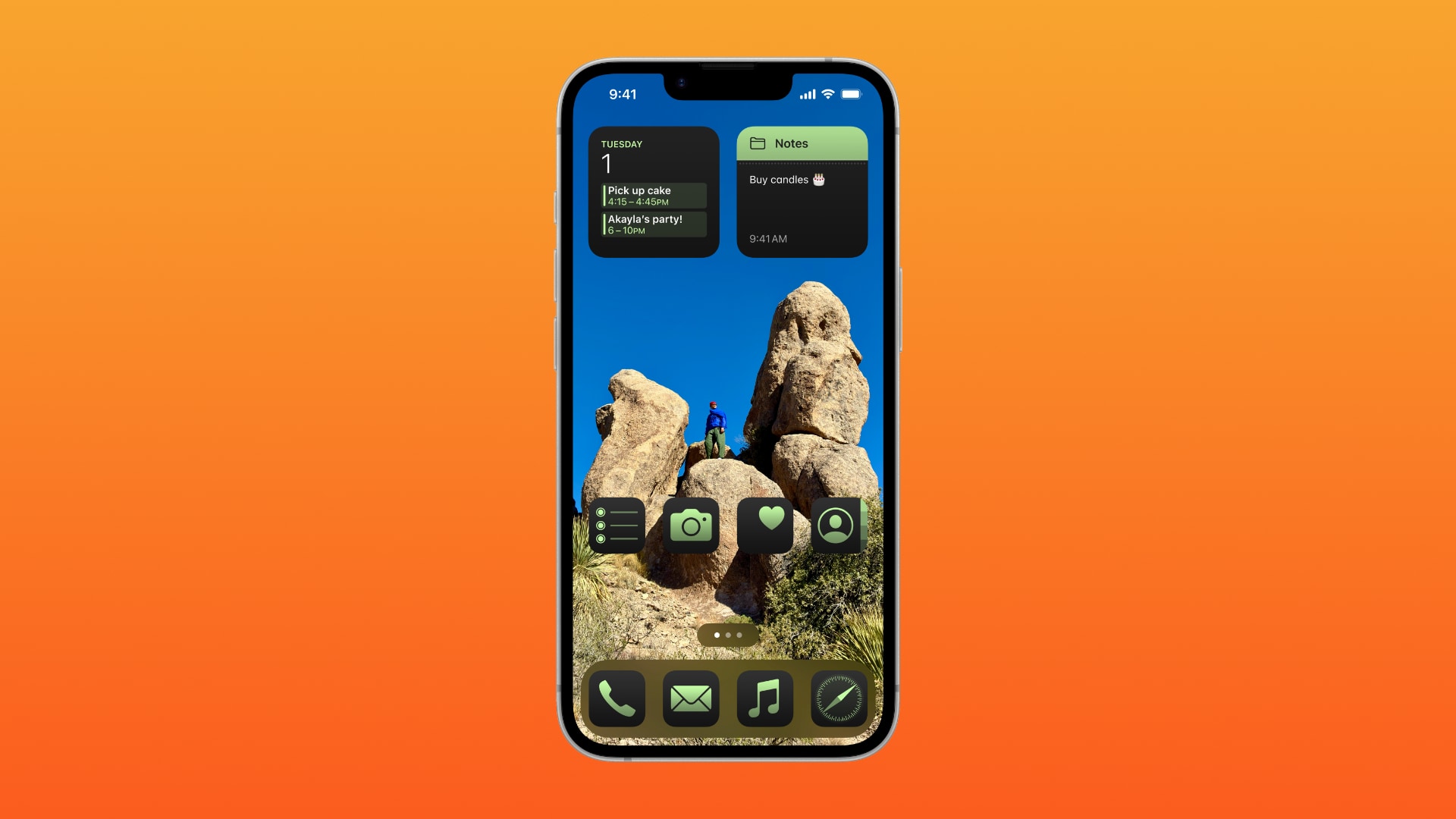
For example, the peak brightness (when watching HDR video) on iPhone 16e at 1200 nits is also lower than the 1600 nits of peak brightness on the regular iPhone 16 models. Also, iPhone 16e cannot crank up the brightness all the way up to 2000 nits when used outdoors on a sunny day, and it doesn’t have an always-on display function either.
Interestingly, the Super Retina XDR display on iPhone 16e has a resolution of 1170×2532 pixels, slightly less than the 1179×2556 screen on the regular iPhone 16 models. Apple says the new iPhone 16e uses standard Ceramic Shield protection for the front, not the latest-generation Ceramic Shield used on the other iPhone 16 models. Also, the black and white color finishes on iPhone 16e are not infused into the rear glass like on the other iPhone 16 models.
The rear camera lacks true optical zoom options
iPhone 16e lacks other features found on the regular iPhone 16 and iPhone 16 Plus models, including a 12-megapixel ultra-wide camera (no macro photography or macro videos, sorry), true optical zoom and the dedicated Camera Control capture button. The TrueDepth camera on the new iPhone 16e only supports the old Portrait Mode with depth control. In comparison, the regular iPhone 16 and iPhone 16 Plus models automatically capture depth information when a portrait is detected, providing both focus and depth control.
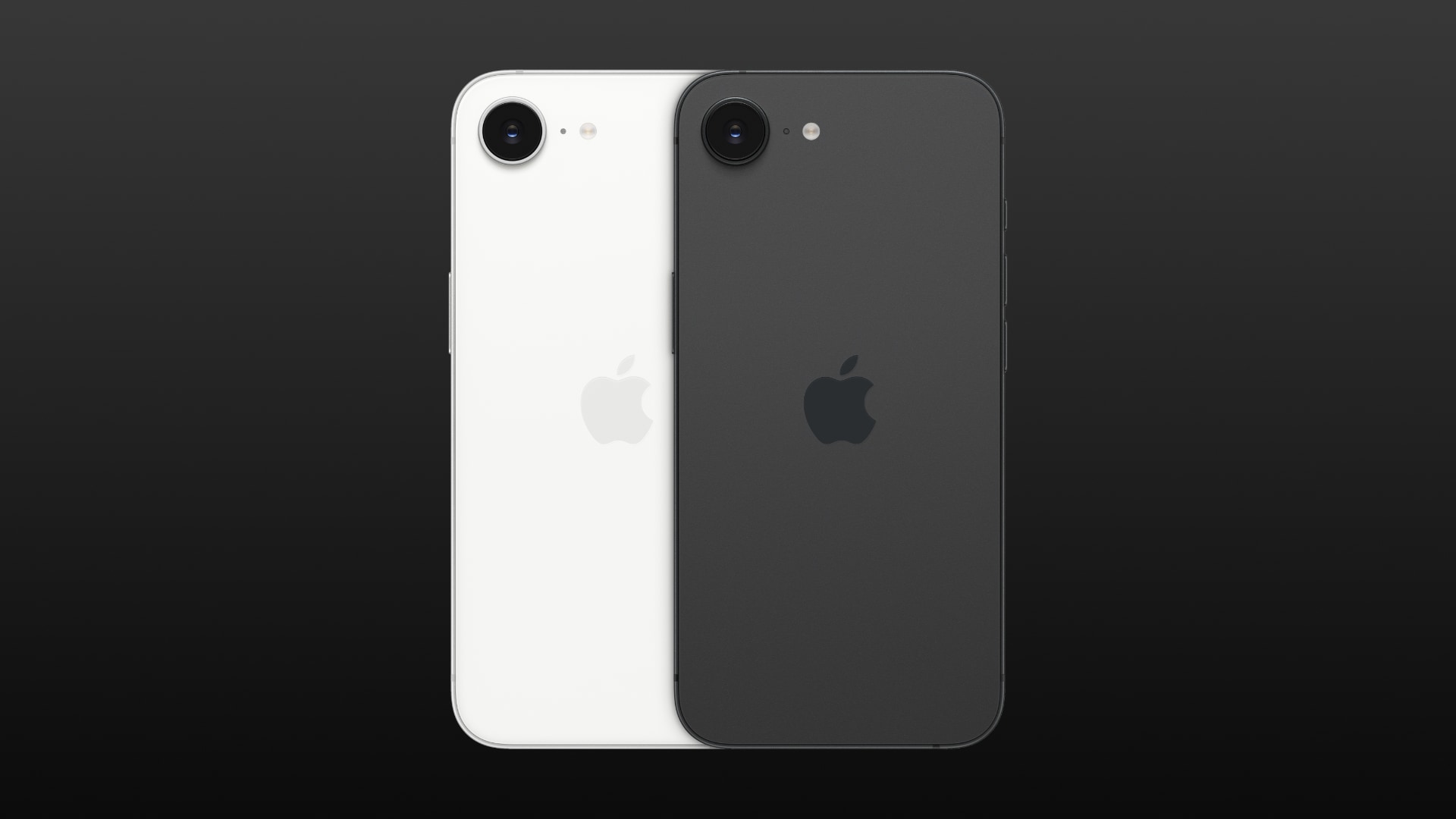
iPhone 16e has standard optical video stabilization, whereas the regular iPhone 16 models use sensor-shift stabilization, which should be a tad better. You cannot capture spatial photos and videos with iPhone 16e, and customizable Photographic Styles are usupported. The Cinematic shooting mode for recording videos with shallow depth of field and the Action mode for capturing stabilized handheld videos are also unsupported on iPhone 16e.
One less GPU core
The A18 chip powering iPhone 16e has one fewer GPU core than the A18 in the regular iPhone 16 and iPhone 16 Plus models, which have five graphics cores.
Regarding connectivity, iPhone 16e doesn’t have Wi-Fi 7, Thread connectivity for smart home accessories and Apple’s Ultra Wideband chip for the Precision Finding feature in the Find My app. Those features are supported on the regular iPhone 16 and iPhone 16 Plus models. Although iPhone 16e uses Apple’s first custom modem with 5G connectivity, dubbed C1, it only works with the sub-6 GHz band, not the mmWave one.
No MagSafe, slow wireless charging
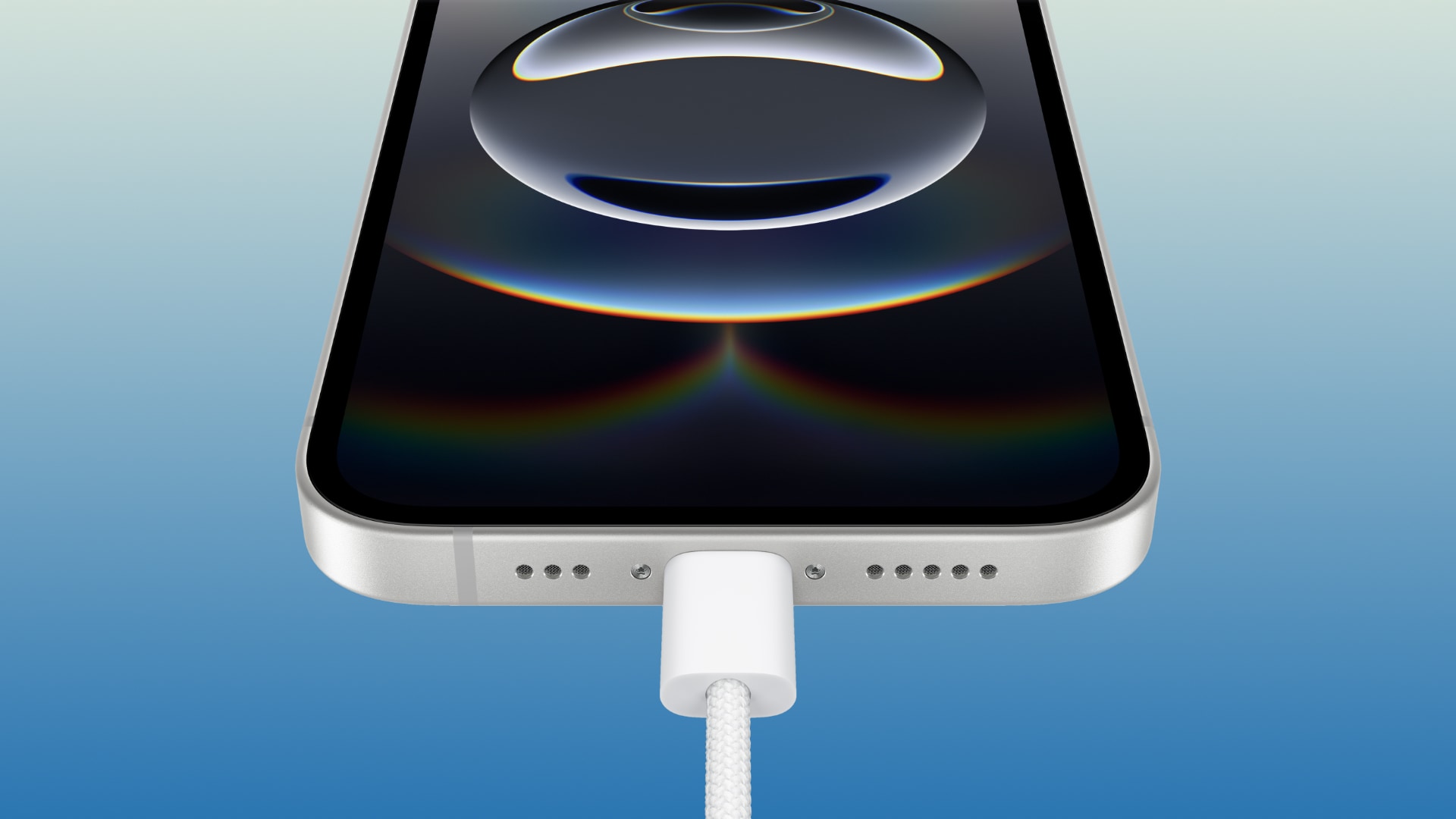
Wireless charging on iPhone 16e leaves a lot to be desired. The handset only supports the Qi wireless charging protocol up to 7.5W, like the third-generation iPhone SE. Neither the latest Qi2 standard for wireless charging at 25W with magnetic alignment nor Apple’s own MagSafe wireless charging up to 25W are supported on iPhone 16e. As a result, iPhone 16e doesn’t work with MagSafe accessories like cases and chargers (no StandBy mode for you, sorry) because the device has no magnets. iPhone 16e has a USB-C port for data (USB2 speeds) and power (fast charging is supported).
The longest battery life in a 6.1-inch iPhone
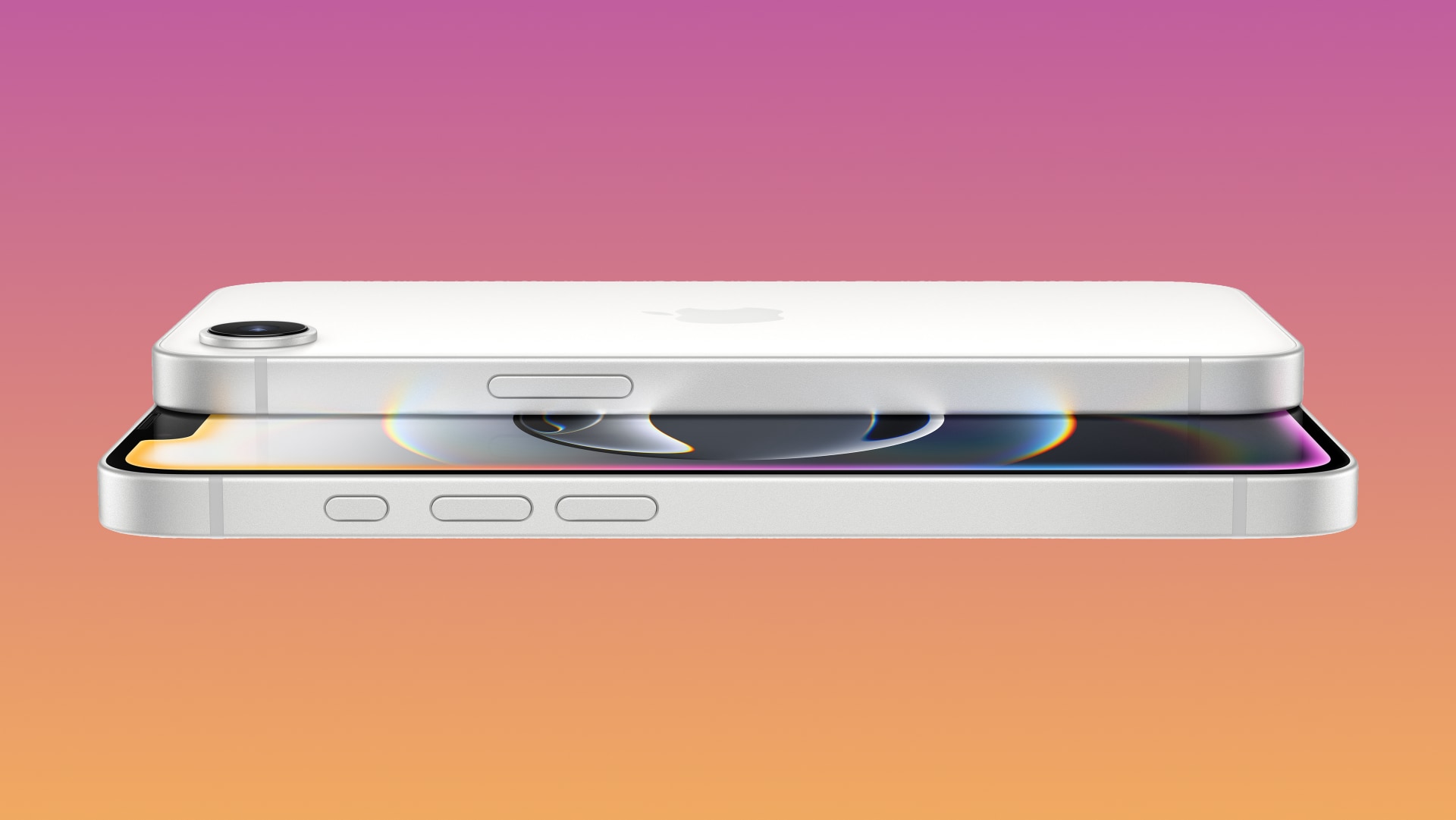
iPhone 16e is rated with up to 26 hours of video playback, up to 21 hours of streaming video and up to 90 hours of audio playback. Contrast this with the discontinued iPhone SE 3 which offered up to 15 hours of video playback or the regular iPhone 16 models which provide four hours less of video playback than iPhone 16e.
128GB is the new base storage
With the removal of older iPhones from the lineup, all iPhones Apple currently sells now start at 128GB of storage. For example, iPhone 16e is offered in 128GB, 256GB and 512GB versions like the regular iPhone 16 models.
No sub-$500 price
Unfortunately, iPhone 16e is more expensive at $600 than the third-generation iPhone SE has ever been at $430. With the removal of the iPhone SE 3, iPhone 14, and iPhone 14 Plus models from the lineup, the most affordable iPhone now costs $170 more than before.
No small-screened iPhones in the lineup
People who liked the compact iPhone SE form factor won’t be disappointed; fullscreen design has enabled Apple’s engineers to enlarge the iPhone 16e display without blowing up the whole device.
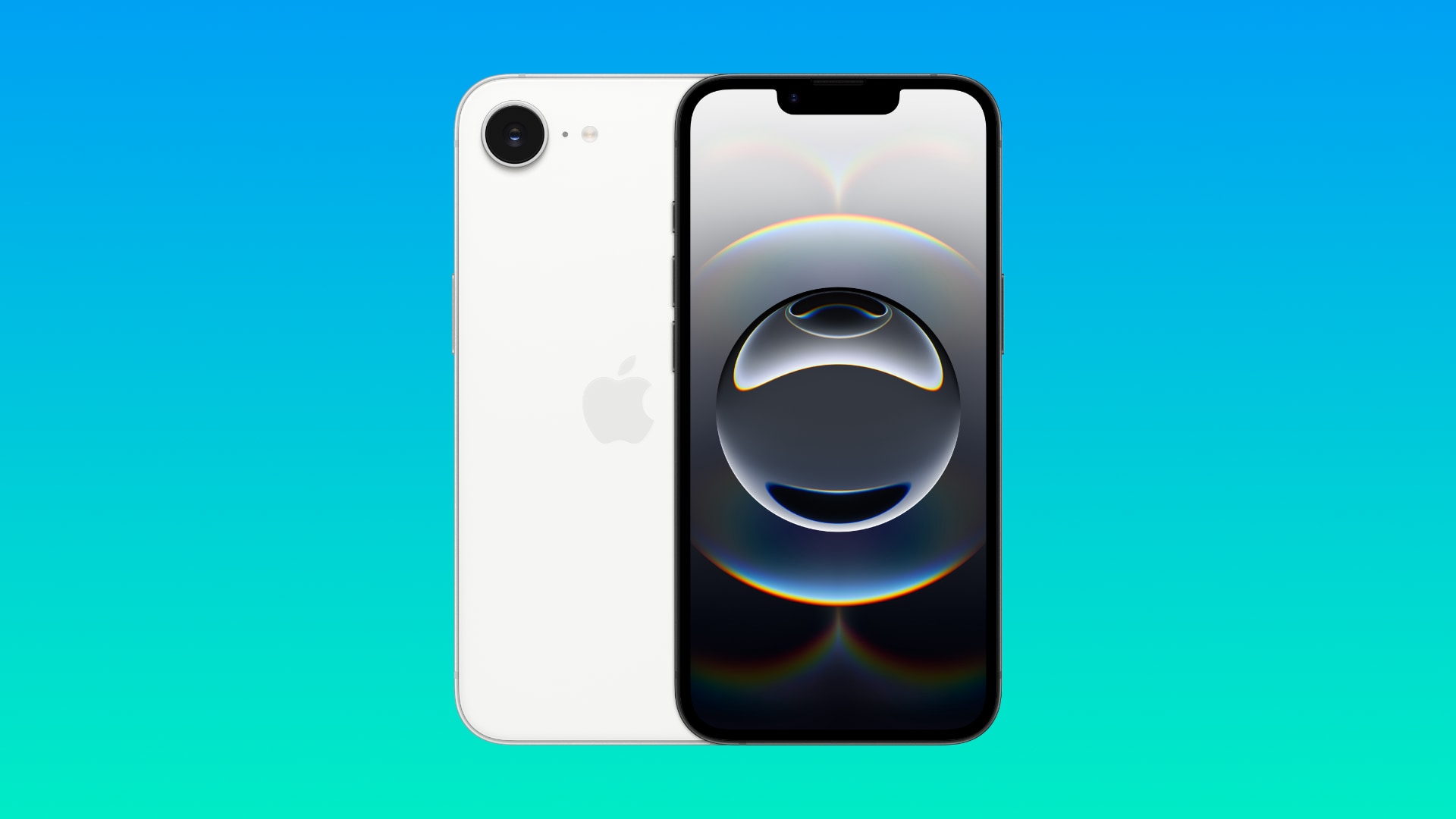
The discontinued iPhone SE 3 was 67.3 mm wide (5.45 inches), 138.4 mm tall (2.65 inches), 7.3 mm deep (0.29 inch) and weighed 144 grams (5.09 ounces). By comparison, the new iPhone 16e is 71.5 mm deep (2.82 inches), 146.7 mm tall (5.78 inches), 7.8 mm deep (0.31 inch) and weighs 167 grams (5.88 ounces). As you can see for yourself, iPhone 16e is marginally bigger. Also, iPhone 16e is now the lightest iPhone in the lineup.
Interestingly, iPhone 16e and iPhone 16 have almost the exact dimensions (except for height). However, that doesn’t mean your existing iPhone 16 cases will fit iPhone 16e because of the slightly updated button placement and lack of a Camera Control button.
Visual intelligence via the Action button
Visual intelligence is Apple’s Google Lens-like feature that can identify objects, places, animals and plants, as well as summarize, copy and translate text around you and more. Visual intelligence is triggered by pressing and holding Camera Control, a dedicated capture button exclusive to the iPhone 16, iPhone 16 Plus, iPhone 16 Pro and iPhone 16 Pro Max models.
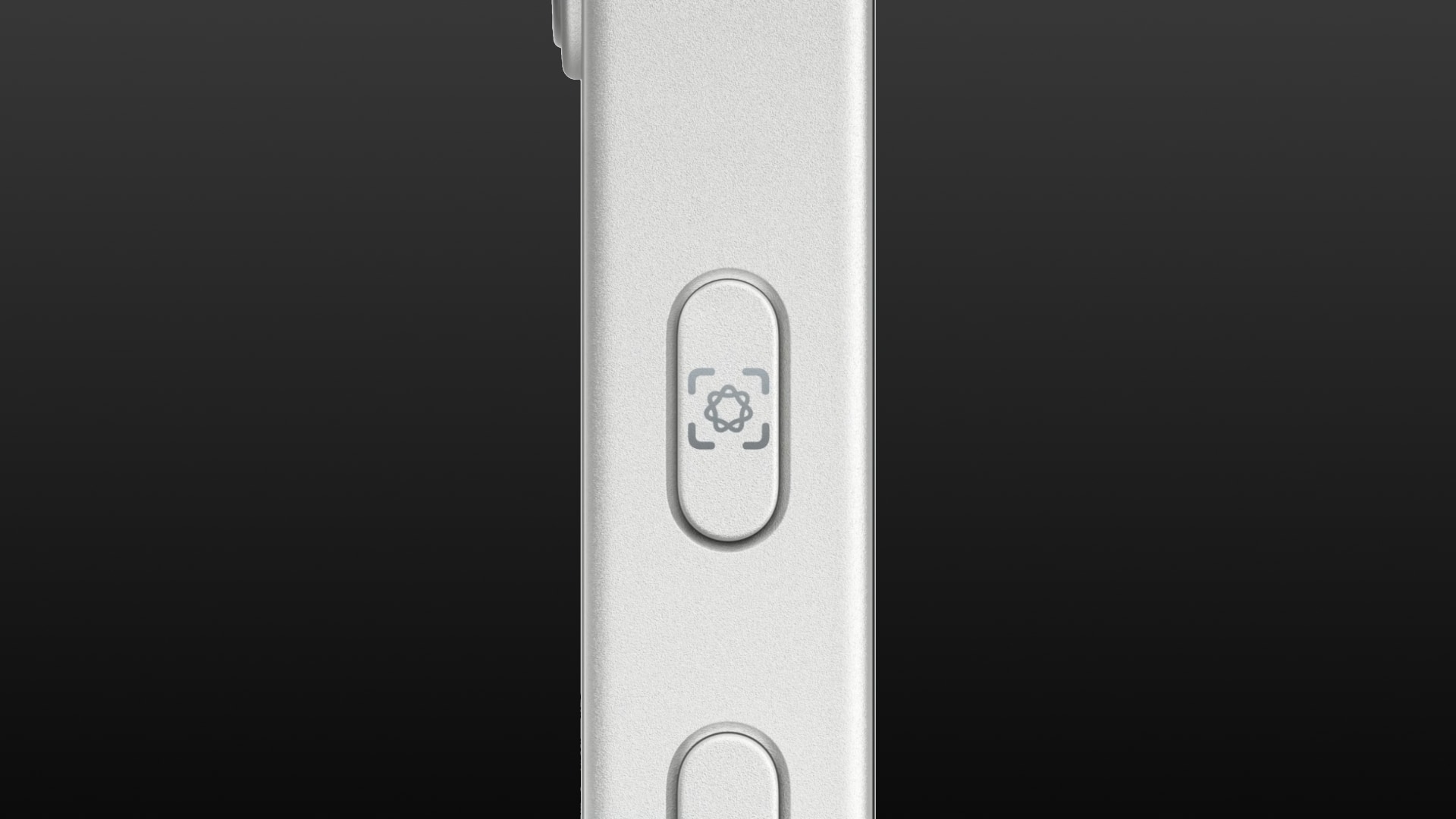
iPhone 16e lacks Camera Control, but Apple says you can use visual intelligence by assigning it as an action to the built-in Action button in Settings > Action button. “With a press, you can use visual intelligence, call your best friend, launch your favorite app, and more,” it says.
iPhone 16e owners who wish to use the Action button for another function (like Shazam, for example) can activate visual intelligence through the Control Center instead. This also gives hope that visual intelligence via the Control Center may come to the iPhone 15 Pro models via a future software update.
Water resistance
iPhone SE 3 was rated IP67 for splash, water and dust resistance, meaning you could submerge it to a maximum depth of one meter for up to thirty minutes. Contrast this with the new iPhone 16e and the regular iPhone 16 models that sport an IP68 rating for a maximum depth of six meters up to thirty minutes.
Make your own comparison
Visit Apple’s excellent Compare iPhone Models page to compare the technical specifications of different iPhone models yourself. Use the menus at the top of the page to select up to three iPhone models for a visual side-by-side comparison of the key features, such as the display, the main processor, the cameras, wireless connectivity, and more.
Source link: https://www.idownloadblog.com/2025/02/19/apple-iphone-16e-tidbits-battery-life-magsafe-charging-speed-display/



Leave a Reply